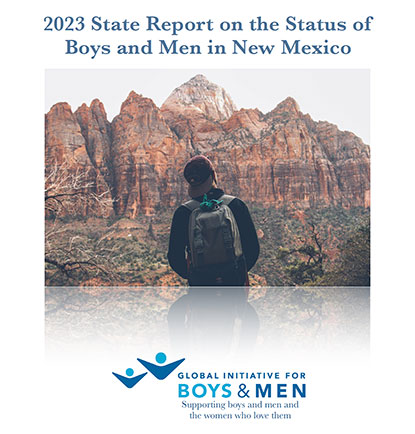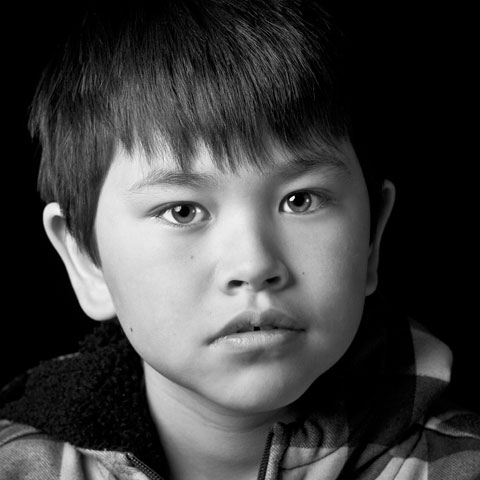Early psychopathologies place boys at greater risk for negative outcomes later in life.
Boys at Risk
Boys at Risk defines the underlying vulnerabilities that too many boys experience. We see these in adolescence and adulthood in such outcomes as school failure, criminal activity, violence perpetration, unstable employment, and frequent and long incarcerations—all statistically much more likely to be suffered by males. The concept of Boys at Risk rests on the relation between being a young male and having a greater chance of certain early-in-life psychopathologies—usually externalizing disorders like ADHD, impulsivity, and antisocial or conduct disorders. Exploring the unique vulnerabilities and outcomes of Boys at Risk is the mission of the Santa Fe Boys Educational Foundation. To understand these outcomes requires appreciating the complex mixing of an individual boy’s biological, psychological, and social circumstances, and how these may interact starting in infancy.
These unique psychological vulnerabilities of boys are evident in the first years of life, for example, in boys’ slower developmental timetable starting in infancy and in their greater sensitivity to situations where mothers are suffering post-partum depression. Vulnerabilities are also present in mostly- unique male genetic, physiological, and hormonal conditions that boys are susceptible to and that may contribute to impulsivity and other underlying conditions associated with negative outcomes. Social factors such as racism, inequality, father absence, and the lack of supportive public policies resulting in poor quality day care and preschool education are all part of the formative mix that puts Boys at Risk.
Outcomes for Boys vs. Girls
Is there a connection between the adversities experienced pre-natally and post-natal outcomes for boys?
Infant deaths before first birthday
Very premature births
Is there a relationship between the CDC’s finding the that boys are almost twice as likely to have mental, behavioral, or developmental disorders when they are 2-8 years old?
Prevalence of mental, behavioral, or developmental disorders, age 2-8
And the Delinquency, violence, and suicide rates of boys v girls in adolescence?
Suicide
Delinquency
Violence
And the preponderance of male perpetration of violence when adults








